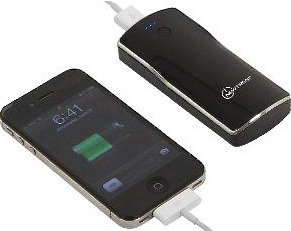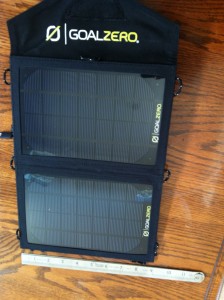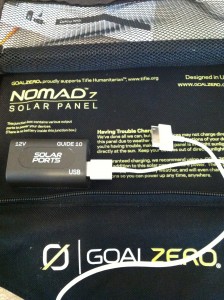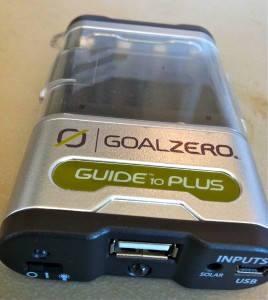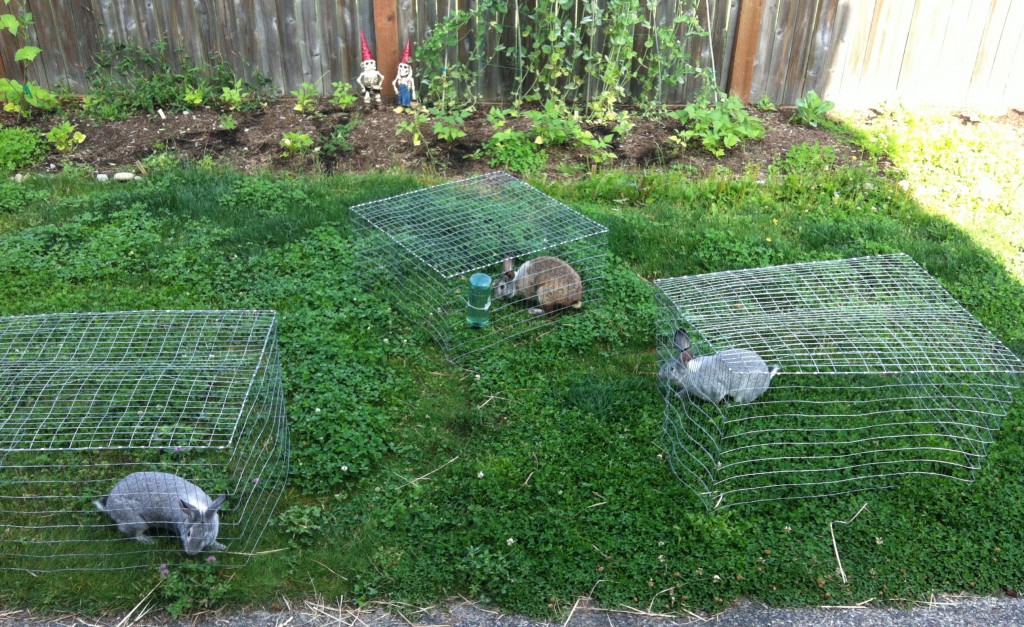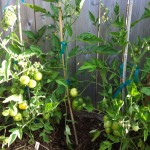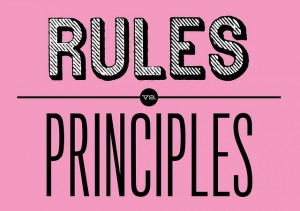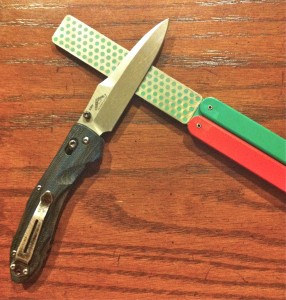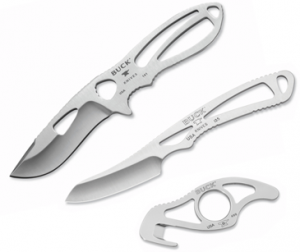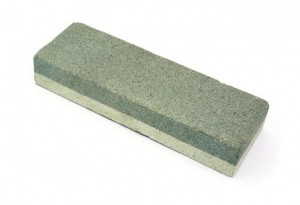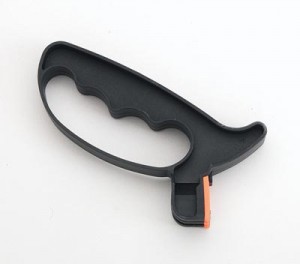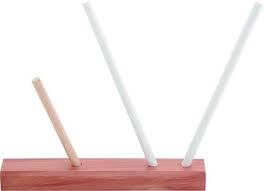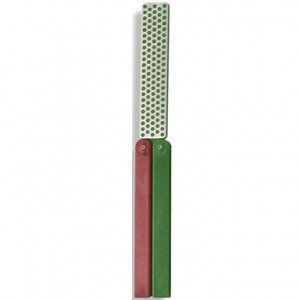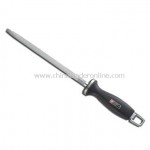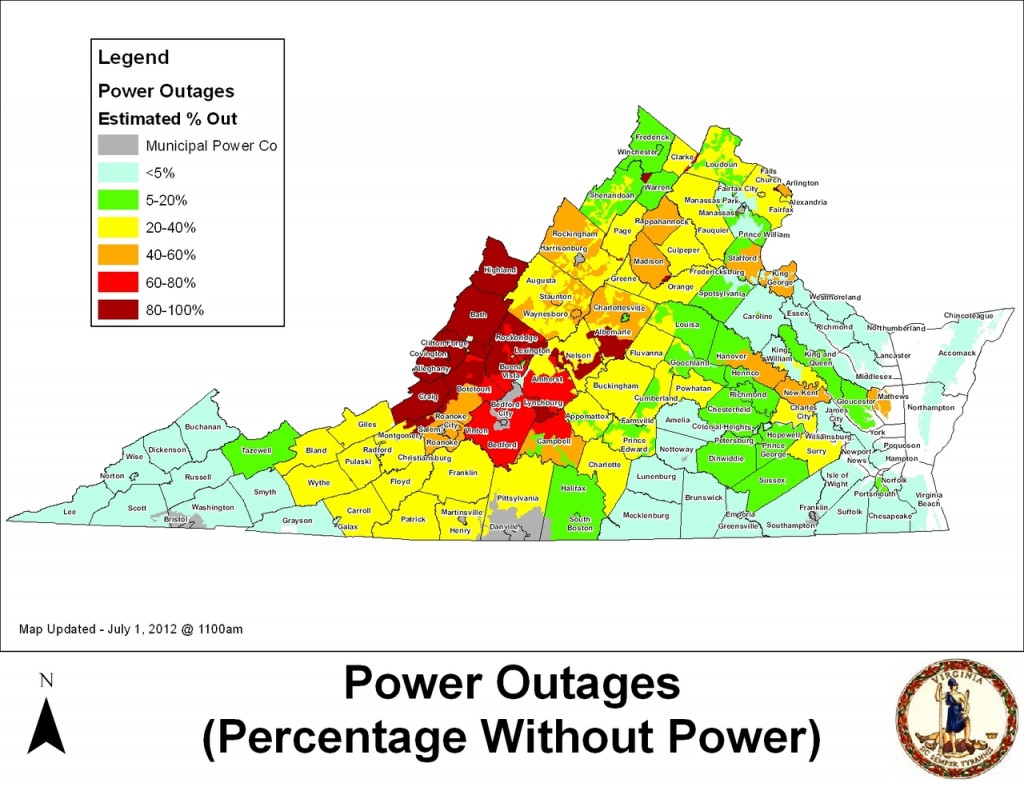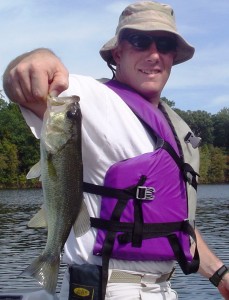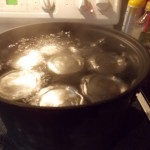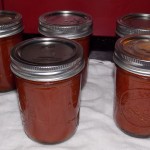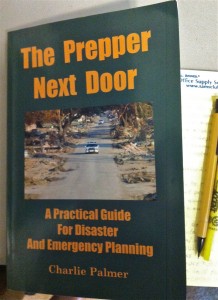 The Prepper Next Door: A Practical Guide For Disaster And Emergency Planning, by Charlie Palmer, covers about every topic a beginning prepper would need. But the book isn’t just for novices, there are many things a seasoned prepper will learn (there are many things I learned).
The Prepper Next Door: A Practical Guide For Disaster And Emergency Planning, by Charlie Palmer, covers about every topic a beginning prepper would need. But the book isn’t just for novices, there are many things a seasoned prepper will learn (there are many things I learned).
Charlie Palmer is a prepper. He writes as a prepper for preppers. His advice goes through his prepper filter, i.e. “From a pure prepping standpoint, I probably wouldn’t spend the money…”
He begins each chapter with the basics–clearly defining terms–then delves to a level that covers the topic well, with good insight and understanding. I was pleased with how much I learned in each chapter. Then I really like how he ends his chapters with an action paragraph, i.e. “what’s the minimum a prepper should do with regard to . . . ?”, presenting a good summation of initial goals to reached.
Unlike some instructional prepper books this one was easy to read, and even includes some humorous insights and comments (more than once I laughed out loud)–Charlie definitely doesn’t take himself too seriously.
I appreciate that he recommends specific brands. Sure we can all “Google” things ourselves, but it’s nice to have personal recommendations that the author likes and uses. I also like that there are things he recommends, but admits that he doesn’t use — but would if he could (or needed to). And I completely agree when he stresses, a “…general rule of prepping, whenever possible, test your preparations. Things don’t always work out as you’d expect.”
However there are things I didn’t agree with him on. For example, he believes you should only store a small amount of fuel for a generator and/or bug out vehicle, for safety reasons. I think you should do the math, figuring out how long you’d like to run your generator and/or how far you’d need to drive your bug out vehicle, then store that amount of fuel and have an established system to rotate it so it doesn’t go bad.
I also didn’t agree with some of his first aid chapter; but that is, in part, because I worked as a paramedic and have different insights and skill-sets. For example I disagree about not using pet antibiotics. I also think that his information about clotting agents, and his statement discouraging the use of tourniquets, are outdated. He breezed over topics I would have covered more, but he’s not a medical professional and he does recommend several resources for the layman. But I strongly agree with his statement that, “learning first aid isn’t something you can easily do on your own.” It’s a tough skill-set to learn without practice, and it’s hard for the non-professional to get that practice.
Recommendation
I thoroughly enjoyed Charlie’s book. Sure I didn’t agree with everything, but when an author goes into so much depth and detail about so many subjective topics there’s no way everyone will agree. I also don’t agree with all of his opinions, advice, or recommendations but I was pleased that he was willing to make them, that he defended them well, and gave so many sources of additional information. He also doesn’t hesitate to give the opinions of others he respects, and he by no means implies that he knows all or that there isn’t a different–even better–way to do things.
I would strongly recommend The Prepper Next Door it to anyone interested in prepping. This isn’t just a reference book but one that can, and should, be read cover to cover. I think people will be surprised with how much they learn — even (especially) if they think of themselves as a veteran prepper.
In fact, I got so many good ideas from Charlie’s book that next Monday my post will be entitled: What I Learned From Charlie In The Prepper Next Door.
(Wednesday: Momma Bear)

